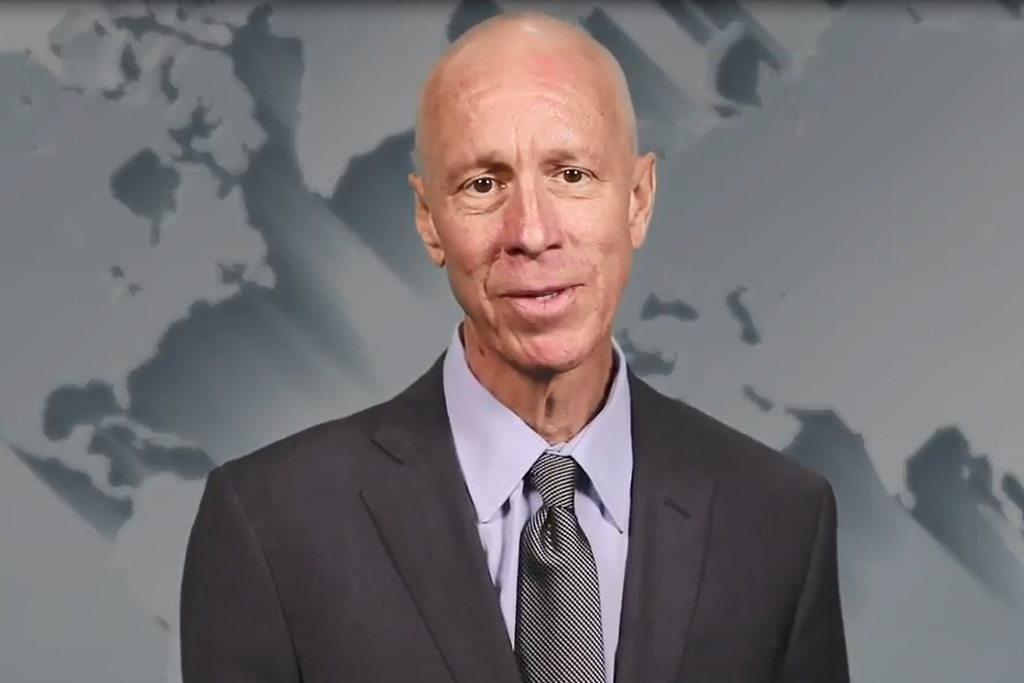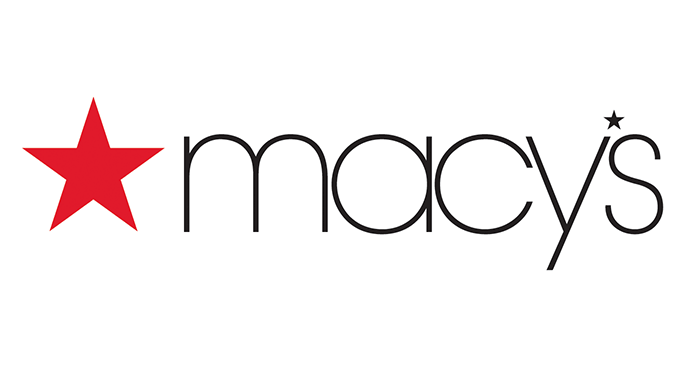Five Principles for Maintaining Trust When Making Unpopular Decisions in A Crisis
The COVID-19 pandemic has been a battle not only for lives, but also for hearts and minds.
We’re in a crisis that no single sector or business is immune to. Every organization, from the family-owned pizza place in your neighborhood to a trillion-dollar corporation, is affected and faced with threats to its viability. Companies must also survive the court of public opinion through effectively responding to and communicating about the crisis.
Recent communications by Marriott and Macy’s and the consequences provide an instructive comparison:
The Wall Street Journal reported on March 17 that Marriott had begun furloughing tens of thousands of its employees, which later was confirmed by the company. Two days later, the company released a video update from its President and CEO Arne Sorenson on Twitter. Sorenson thoughtfully and authentically explained the significant impact that COVID-19 has had on Marriott’s revenues – a more severe and sudden financial impact than the 2009 recession and 9/11 combined. He then articulated a number of steps the company was taking to maintain financial viability going forward.
He closed by empathizing with his employees and highlighting his commitment to them:
“There is simply nothing worse than telling highly valued associates, people who are at the very heart of the company, that their roles are being impacted by events completely outside of their control. I’ve never been more determined to see us through than I am at this moment.”
“Leadership at its finest,” someone commented under the Twitter video, which had been viewed 915.5k times by the time of writing this blog. Forbes applauded Mr. Sorenson for demonstrating “truly authentic leadership.”

Marriott President and CEO Arne Sorenson delivers COVID-19 update
Conversely, on March 30 Macy’s announced in a press release that it was furloughing most of its 125,000 employees:
“Across Macy’s, Bloomingdales, and Blue Mercury brands, we will be moving to the absolute minimum workforce needed to maintain basic operations. This means that the majority of our colleagues will go on furlough beginning this week.”
They contextualized this decision by referencing a decline in store sales:
“While the digital business remains open, we have lost the majority of our sales due to the store closures.”
Like Marriott, Macy’s also announced other mitigating measures to conserve cash such as cutting executive salaries and freezing new hires.

For public companies, the individual stock price is a barometer of trust and confidence. While under the best of circumstances stock price indicates trust and confidence, it is arguably more of a critical matrix when people are anxious and hyperresponsive to changes in the pandemic.
On the day Sorenson released his video update, Marriott was at $66.80 per share, up about 4.7% from the day before. On the day of its announcement, Macy’s saw its shares down about 8.5% from the closing price of a day before, even though Macy’s essentially implemented similar business measures.
So, why did Marriott and Macy’s end up in such different places when pretty much doing the same things?
There are five best practices that determine whether companies win or lose trust when implementing unfavorable actions in catastrophic situations:
1. Actions alone do not communicate your intent. They must be combined with communication.
Actions should always go hand in hand with communications, otherwise you leave room for unintended interpretation. Communicating your intent can frame your actions in a persuasive, positive light. Failure to frame your intent will result in audiences judging your actions alone.
2. Reset expectations when previous ones cannot be met.
Trust is the natural consequence of promises fulfilled, expectations met, and values lived. When a business is no longer able to operate as usual, it is unrealistic for an organization to fulfill expectations that were set in ordinary circumstances. However, stakeholders’ expectations will remain the same unless the new circumstances that requires new expectations are communicated clearly.
3. When delivering bad news, be direct, transparent, and specific.
For dramatic actions to be understood by those who matter, the magnitude of the negative event in play needs to be communicated in full and clear terms. Do not use euphemisms. Be sure to show empathy.
4. Make connections, not announcements.
If possible, put a face to the communication and make personal connections with your audiences. Once a human connection is made, even the most undesirable decisions become more palatable. Sorenson started the video by acknowledging his “new bald look” as a cancer survivor. By exhibiting vulnerability and humility, he bonded with his audience on the emotional level. He then empathized with his employees. Macy’s, however, gave a straightforward, dry business update.
5. It’s never about you; it’s about them.
It is important to not think or frame the decision from the perspective of the leader or the organization in a crisis. The I/me/we/us frame of reference abandons the opportunity to demonstrate care and empathy and can easily be seen as irresponsible or self-serving. For example, Macy’s simply stated that it was furloughing employees to a basic operation level to support digital sales. However, employees don’t care about “maintaining basic operations;” they care about being able to pay rent and buy food.
It’s difficult to frame any unpleasant decisions from the perspective of stakeholders when the actions will at least in the short term hurt them. However, tapping into a higher value, inspiring a sense of duty and togetherness can help bring people to your side. But this has to be done in a candid and authentic manner, as Sorenson did in the video update.
The best times are often forgotten. Leaders and organizations are remembered for what they’ve done in the worst ones. Therefore, it’s critical for leaders to remember these five principles when they need to take unfavorable actions and deliver bad news. These best practices not only protect companies from losing their case in the court of public opinion, but also provide an opportunity to win more hearts and minds.




Leave a Reply
Want to join the discussion?Feel free to contribute!